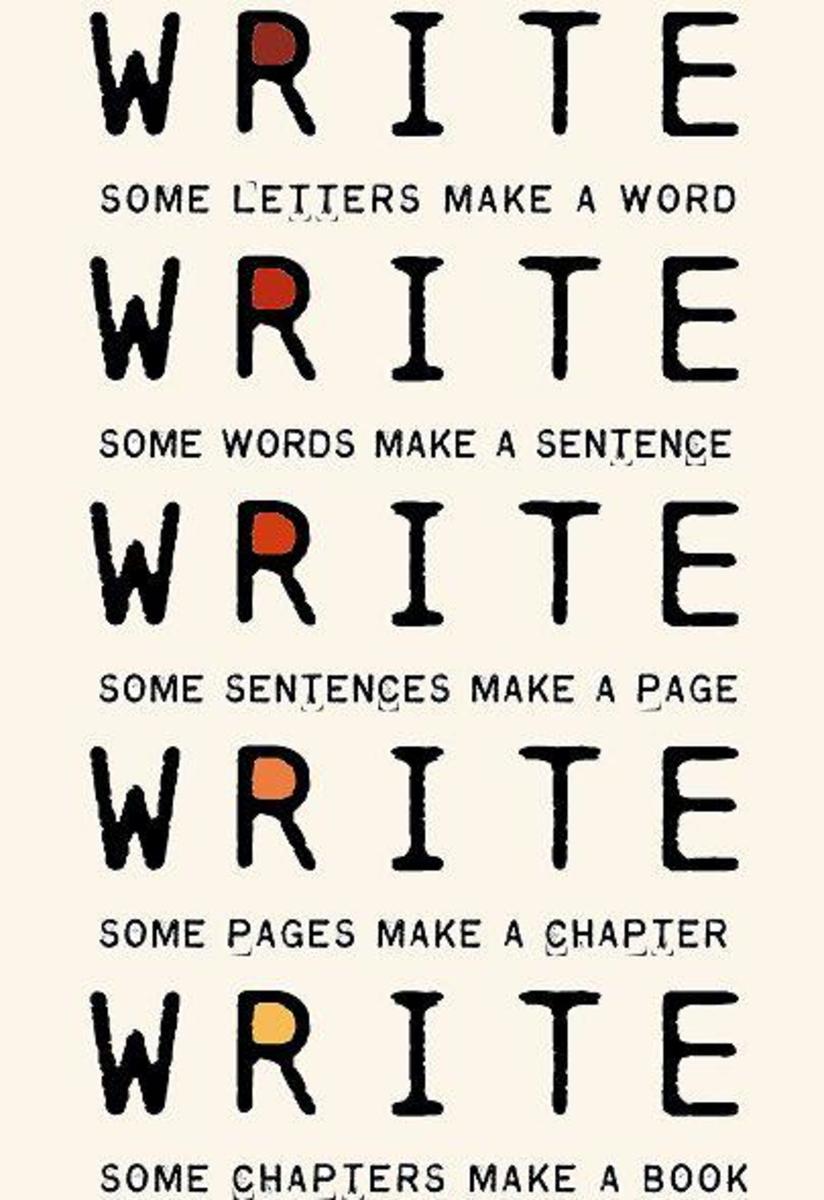How to write a story in first person narrative and make it believable
Tips on writing a compelling first-person narrative story
The first person narrative has a lot of advantages, especially if used properly in the right kind of story. It allows the writer to have his protagonist affect and draw the reader to a personal level. The limited quality of the first person narrative also creates a feel of mystery as both the protagonist and reader watch the story unfold hand in hand.
Writing in the first person point of view is also a suitable choice for beginner writers as it is easier to write. However, there can be a lot of aspects where this kind of narrative, when done the wrong way, can put off or bore the readers. These are a few tips to avoid such mistakes:

1. Make your protagonist engaging and relatable.
I can’t stress this enough. If you think that your protagonist has a personality that might be difficult for the average reader to empathize with, it might be better to stick to other types of narrative. In an effective first person POV, the protagonist is required to maintain a close relationship with the reader. He or she will have to relate thoughts, quirks, desires and secrets as if the reader is their best friend. If the protagonist has a weak pull or an over-the-top one, it will irritate the readers into putting your story away.
2. Limit your protagonist’s knowledge true to his character.
If you have an excellent architect as your protagonist, for example, do not make him an effortless expert in medicine too. This might be a too-obvious, distinct enough example that one might think that this is just common sense. Still, I have read some stories where ordinary-people protagonists happen to expertly talk about a specialized topic, out of the blue and without ever revealing why they could. This is poor characterization.

3. Don’t make your protagonist right all the time.
People in real life often make false assumptions and describe things in the wrong light. I’ve recently read something where the protagonist referred to her roommate as a germophobic person (colloquial for "mysophobic", which means fearful of germs and contamination) when the guy was obviously more like an ataxophobic (fearful of untidiness and disorder). Regarding this point, that story passed. Human beings are not always right and that includes your story’s protagonist.
4. Don’t make your protagonist narrate each of her move in every scene change.
In all honesty, your readers can pick up if the protagonist has already come down from her apartment to her car. You don’t have to show them every time how your protagonist stepped her way down the stairs. Only include these mundane scenes if and only if it is significant or essential to the narrative.

5. Don’t make your protagonist describe something on her face. Especially, when she could not feel it herself.
Wrong:
“My face paled at her grim recount.”
“My cheeks reddened at his confession”
No, just no. Even so, this is a very common mistake. How could the protagonist even make sure of the colors on her face when she’s nowhere near a mirror?
Better:
“My eyebrows raised at her grim recount.”
“My cheeks warmed up at his confession.”
6. Do not involve too much (named) characters in your story.
In a first-person narrative story, it is advisable to only name a few characters here and there instead of having a full cast. Named characters are supposed to be the only ones that are important or memorable to the protagonist (the exception to this is if you intend the protagonist to have a knack for remembering names). Also, a possible difficulty of having a lot of named characters is the risk of introducing each and every one of them and thus, making your readers yawn.
7. Don’t create too much back story and most especially, no back story-nceptions.
Protagonist back stories are great when done properly and sparingly in the first few paragraphs of a short story or the first few chapters of a novel just to introduce the narrator’s current standing. They could be written as cohesive inserts after the protagonist is reminded of the past or perhaps, in a dialogue when someone asks them about it. However, when a story is dotted with too much back story here and there, it can repeatedly throw the reader off from the flow of the narrative.
Regarding back stories within a back story— they will always be confusing, regardless of how well they’re written.

8. Don’t start every sentence with “I”… or any word.
This is a matter of style, and style must be kept fresh all the time. Consecutive I’s or any other word might be invisible to the readers, but once they become aware of the staleness, it can be very jarring.
9. Do show and not just tell (most of the time).
This is the most basic advice in writing fiction, but why did I include “most of the time”? It’s because showing can be abused and taken to a wordy excess. Balance is the key here. Scrutinizing every complex feeling and situation down to the very core in every sentence will drag the story down. A sluggishly-paced narrative can be quite tiring to read. Also, some parts of a story attains better impact when a more direct narration is used.

These tips are by no means comprehensive but I’ve drawn them from my experience as an avid reader and an occasional writer. All the pointers here came from what often stops me from reading a piece till end and prevents me from picking it up again. I know that it is mostly based on my tastes but I’ve kept it as sensible as possible. It would make me glad if these tips can help somebody. If you also have any other pet peeves while reading an ineffective first-person narrative story, feel free to comment them down below. I might create a tip out of it and put it here as an addition.








